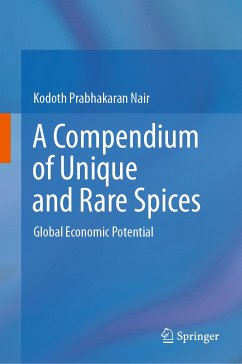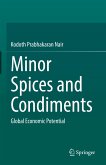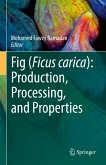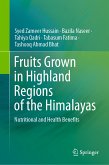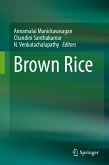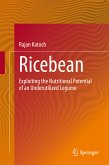Even within India, the country of the origin for most of the spices listed, many Indians are simply unaware of their immense economic potential. This is also the case with other countries, like Iran, where some spices, like Saffron, is widely used as a food flavorant.
The book aims to be a unique compendium of these rare and unique spices to primarily enable researchers to tap into their great economic potential and, on a wider scale, help developmental agencies to tap into their immense potential in global spice trade. The book provides a cross-sectoral multi-scale assessment of developmental possibilities, globally, for rare and unique spices of immense economic importance.
Dieser Download kann aus rechtlichen Gründen nur mit Rechnungsadresse in A, B, BG, CY, CZ, D, DK, EW, E, FIN, F, GR, HR, H, IRL, I, LT, L, LR, M, NL, PL, P, R, S, SLO, SK ausgeliefert werden.

